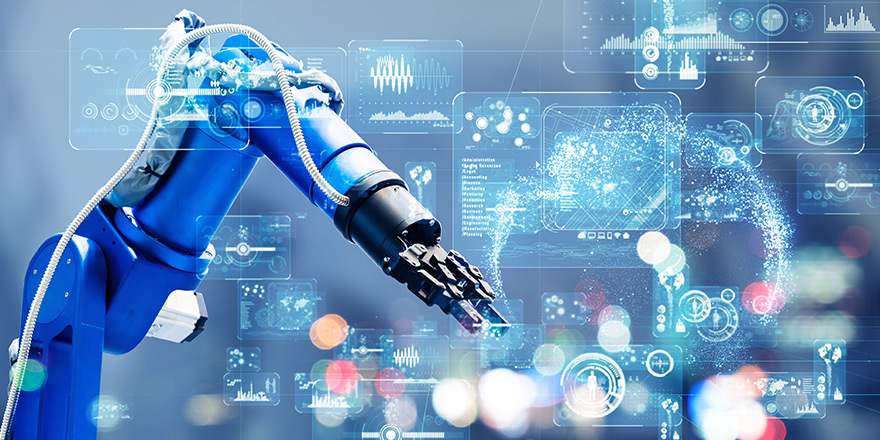IIoT: Let the machines speak for themselves
Today’s product managers don’t have to use second-hand data to determine how to realize value from their equipment – they can get it from the machines themselves.

Product managers need to understand what their customers want and, in the past, had to rely on research like focus groups, surveys, and conversations with customers. And this worked, somewhat, but it took a significant amount of time and was extraordinarily expensive. It was also very limited because it came from customer comments on usage and performance and not actual equipment performance.
Today, product managers don’t need to rely on that second-hand data because their machines can speak for themselves. How? Though industrial Internet of Things platforms. The industrial Internet of Things (IIoT) has been around for years now, so this really isn’t new.
Usage- and outcomes-based pricing
What is new is applying IIoT to products and equipment to evaluate and deliver new business value. The most obvious use case is usage- or outcomes-based equipment pricing. This is currently seen as the holy grail for delivering business value. After all, who would argue with promised increases to revenues, margins, and decreased costs?
To realize that value you must start somewhere – and there has to be value every step along your IIoT journey. Where do you start? With remote monitoring of your products and equipment: Just connecting your equipment and receiving and analyzing data, provides a significant amount of value in and of itself.
- First, it gives you first-hand data on how your machines are being used (or not) – actual performance data and exact insights into the features that are being leveraged. Product management & development teams can analyze this data to better plan for future needs and release more features and products faster and at a lower cost.
- Next, remote monitoring provides the ability to remotely diagnose any issues and understand why those issues occurred, again resulting in better future products.
- Remote monitoring also delivers cost reductions. The data received from IIoT connected products is significantly less expensive than flying to customer locations or flying customers to you. By having access to direct product data, field service teams can remotely diagnosis issues and increase first call repair rates which reduces the amount of service calls. This equates to a 10%-15% decrease in maintenance costs as determined by McKinsey.
Remote monitoring enabled by IIoT has tangible value and will provide an incredibly short path to a large value return.
To learn more about how the IoT and remote monitoring can help you understand and realize value from your machines, please click below.